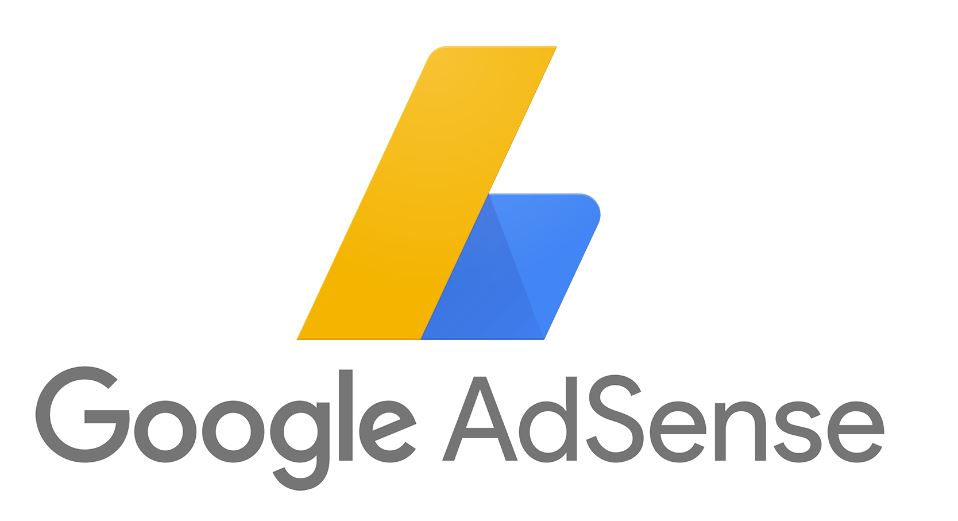
What is AdSense Loader?
The AdSense loader is a code snippet or script that enables website owners and publishers to load AdSense advertisements onto their web pages. This code acts as a bridge between the website and Google’s ad network, fetching and displaying targeted ads that align with the page’s content and the user’s interests.
An “AdSense loader” could refer to any script, code, or mechanism used to load Google AdSense advertisements onto a website or web application. Google AdSense is an advertising platform that allows website owners and publishers to display targeted ads on their web pages and earn revenue from clicks or impressions.
Importance of AdSense Loader in SEO
Implementing AdSense ads using the proper loader can have significant SEO benefits. It ensures that the ads are delivered efficiently, minimizing page load times and enhancing user experience. Additionally, Google considers page load speed as a ranking factor, so optimizing AdSense delivery can positively impact your site’s search engine rankings.
How does Adsense Loader work?
The process of loading AdSense ads typically involves placing a specific code snippet provided by Google AdSense onto a website’s pages. This code is responsible for fetching relevant ads from Google’s ad network and displaying them on the website. The term “AdSense loader” might be used to refer to this code or the mechanism that fetches and displays the ads.
Best Practices for Implementing AdSense Loader
- Code Placement: Place the AdSense loader code in the header or body section of your web pages. Placing it in the header ensures that ads load early in the rendering process, which can lead to a better user experience and improved SEO.
- Responsive Design: Ensure that your AdSense loader code is compatible with responsive design. With the increasing use of mobile devices, responsive ads are crucial for delivering a seamless user experience across different screen sizes.
- Ad Placement: Strategically position AdSense ads to blend with your content without being overly intrusive. Placing ads in locations where users are more likely to interact with them can positively impact ad performance and revenue.
Conclusion
Understanding the AdSense loader and its role in displaying Google AdSense ads is essential for website owners and publishers aiming to monetize their content. By optimizing the implementation of AdSense ads using proper header tags and best practices, you can improve your website’s SEO, user experience, and ad performance. Keep in mind that adhering to Google’s policies and guidelines is crucial to maintain a successful and compliant AdSense monetization strategy.



